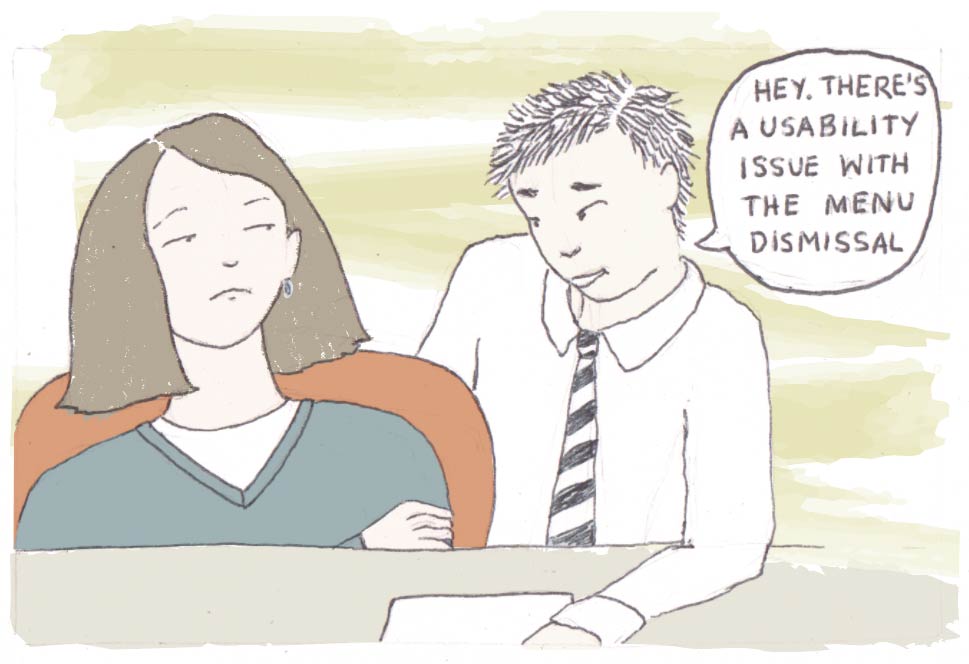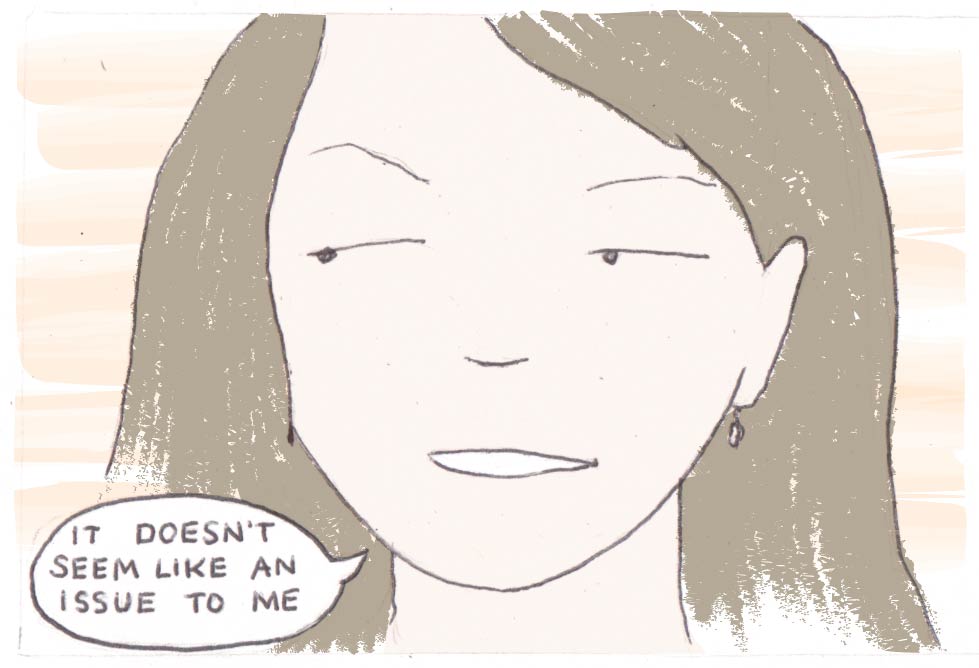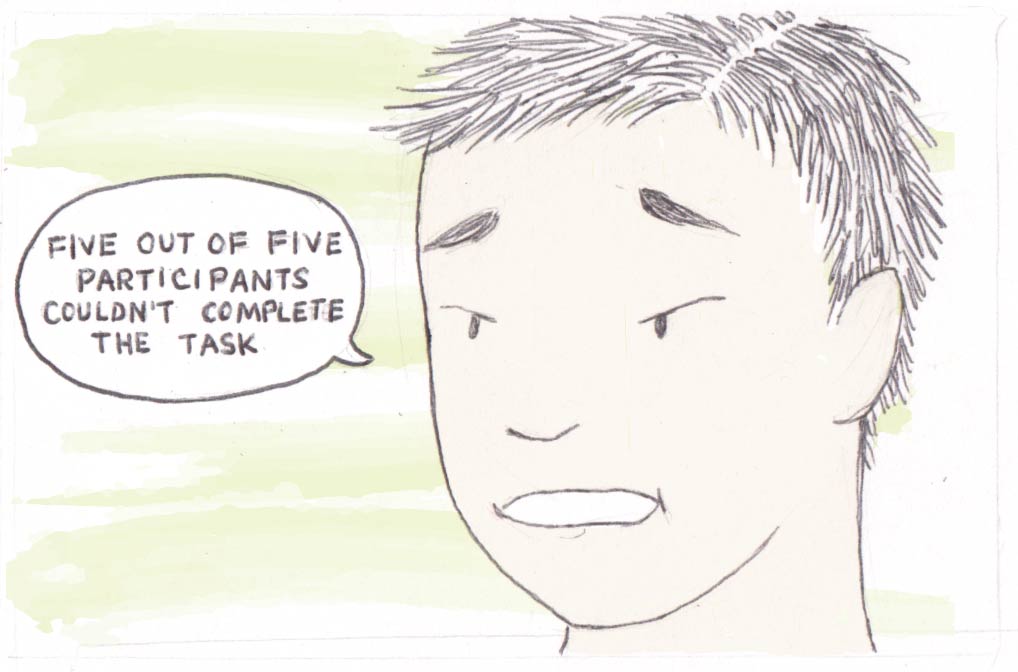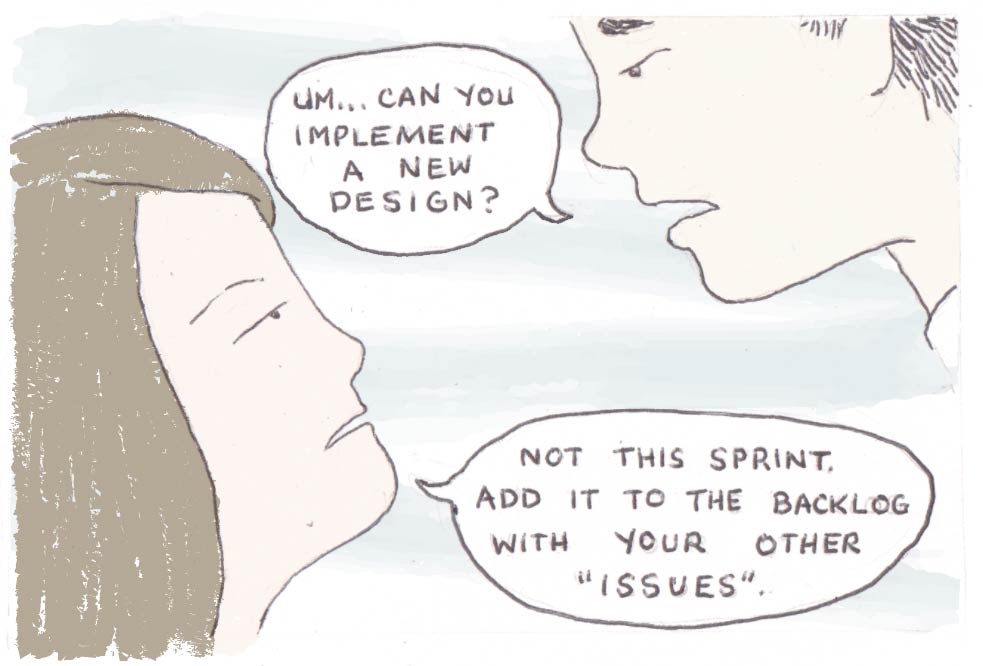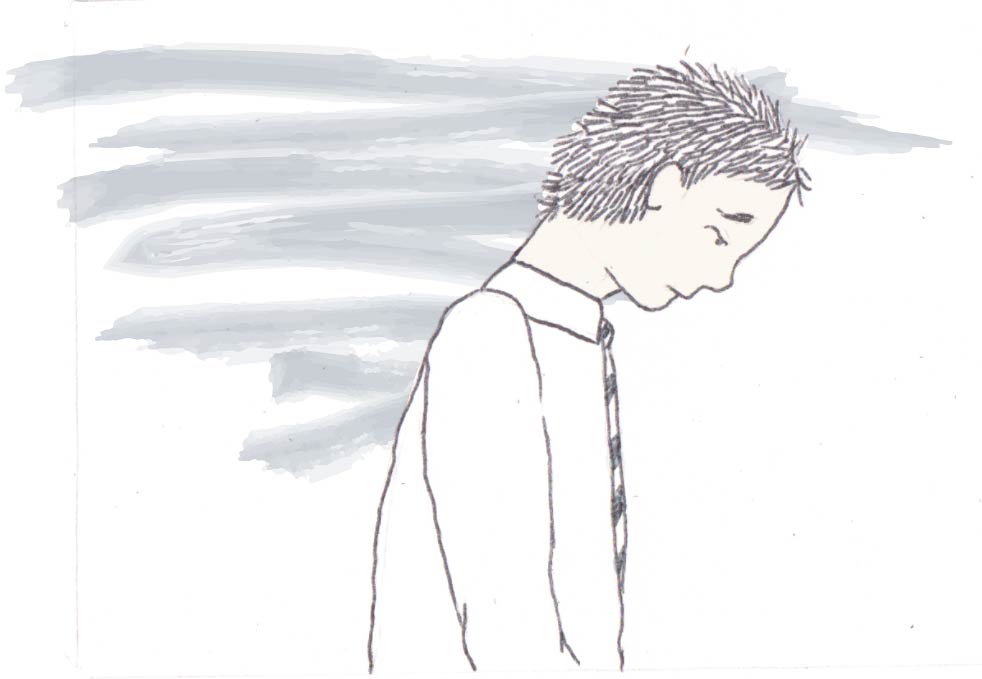How do I communicate with developers on my team?
Does this situation feel familiar to you?
Here are 3 solutions we've sourced from industry pros:
- Filter
-
Org Size
- Large corporation
- Small business
- Startup
- Agency
- Freelance
-
Budget
- No budget
- Low budget
- Medium budget
- High budget
- Unlimited budget
Speak Their Language
When working with developers, it’s important to remember that you are on the same team, hopefully striving towards a common goal of a great product. The only way to get there is by working together. Doing all the great things that you do as UXers is going to go a long way with developers (i.e. trying to understand their needs, adjusting your delivery of information, and having empathy). Just as you would design a website to communicate to your customers, speaking to developers in ways that help them to do their job better is a best practice. Also, learning a bit of code goes a long way!
- I’m obsessed with logical flows. They are a great way to talk to engineers. I’m obsessed with reducing redundancy and complexity. Once I started obsessing over logical flows, it impacted my career trajectory. It’s the one place that everyone can understand and come together. The other day I was showing one to an engineer and he was excited, saying that I was designing to the way that he thinks. Amy S. - Manager @ Microsoft
- Engineers come to us and say, ‘I’m building this right now, what do I do?’ We do our best. If we leave it up to them, it will be worse. We are building a component library - a design spec so that engineers don’t have to go to a particular designer to get answers to their questions. Anna D. - UX Designer @ Tune
- Design sprints have been kind of trendy, but we've had trouble getting 'buy in' for concentrated periods of design work from our engineering team. One challenge is that a design sprint (which I like to refer to as research and design) comes at the beginning of a project. The development team will be finishing up work on a different project as we begin R&D for the next one. Some developers complain about how difficult context switching can be, so then we propose waiting to begin research until they wrap up their work on the prior project. But then the developers get restless and worried because they won't have any stories groomed and thus won't have any 'work' to do. When I say, 'then you'll be doing customer calls and design activities,' they are unsatisfied. We scheduled calls with customers, and then the engineers missed them all because they had to patch a bug with their last project. Some engineers only consider coding to be work; everything else is just preventing them from getting work done. We've tried many iterations of the design sprint. Once we tried sprinkling in design while a team finished up work on the prior project. We got feedback that context switching was painful and that the design sprint took too long (managers seemed to think it took two weeks, but it actually took only 12 hours over a two week period). Maddening! I learned that perception is more important that what actually happened. Nowadays I just don't use the words 'designs sprint' and I actively discourage other designers from saying the phrase. Senior User Experience Researcher @ Startup transitioning to Large Corporation (UX IRL survey participant)
More Resources
Keep Them Engaged
As UXers, we all know the power of watching a usability study. Don’t deprive the developers on your team of this awesome (and sometimes painful) opportunity. They are much more likely to feel the pain of a bug or usability issue if they can watch the user struggle to use the product and therefore be motivated to find a fix. Due to the fact that we often speak different languages, the more that we can work together side-by-side and keep developers engaged in the user centered design process, the easier UX design will be.
- I say, we’re going to pick a date and on that date, we’re going to test whatever we’ve got. So I wrote a quick test brief and all of a sudden we’ve got developers weighing in on this saying, here’s some stuff I’d like to make sure we look at. Whitney Q. - Consultant
- Communicating ideas to developers and working with established guidelines is a challenge. I involved devs in design from initial brainstorm and accepted that sometimes project is out of your hands :) UX Design Engineer @ Large Corporation (UX IRL survey participant)
More Resources
Have Patience
When you are pushing to get a prototype ready for testing, tensions can run high. Be patient. Remember that user centered design is an iterative process, a process of validated learning. There is no perfect product so we just have to be patient as we work towards better. Developers are tackling complex problems and need time to think through the solutions. Although having patience and understanding may not always deliver the optimal user experience, they can help you to maintain your sanity in this sometimes (or always) challenging process.
- Ideas were shot down by the engineers (Firmware) due to it being too complex for right now. So right now, quite a few design ideas or details have to be pushed to a later release. I haven't been at my job long, but it seems like an endless cycle in these big companies. I have not gotten around to addressing it to the engineers. However, personally I try to come up with a way to maintain the current design (the way the engineers want it) while still meeting the customer's needs in a more inventive way. It made me think that my job requires a lot of patience, especially if I'm going to be here for a long time. I always have to think bigger, so when my idea does get funneled down, it doesn't end up a complete mess or really nothing at all. Experience/Interface Designer @ Large Corporation (UX IRL survey participant)
More Resources
Don't see a solution that's worked for you?
Disclaimer: Of course, we know there are no cookie cutter solutions.
Not all this advice will work for you. It really depends on your context and constraints. We have talked to dozens of established professionals to get their suggestions. Whether you're working in a startup, an agency, a corporation, or you’re going it alone, the suggestions above might help you out.

